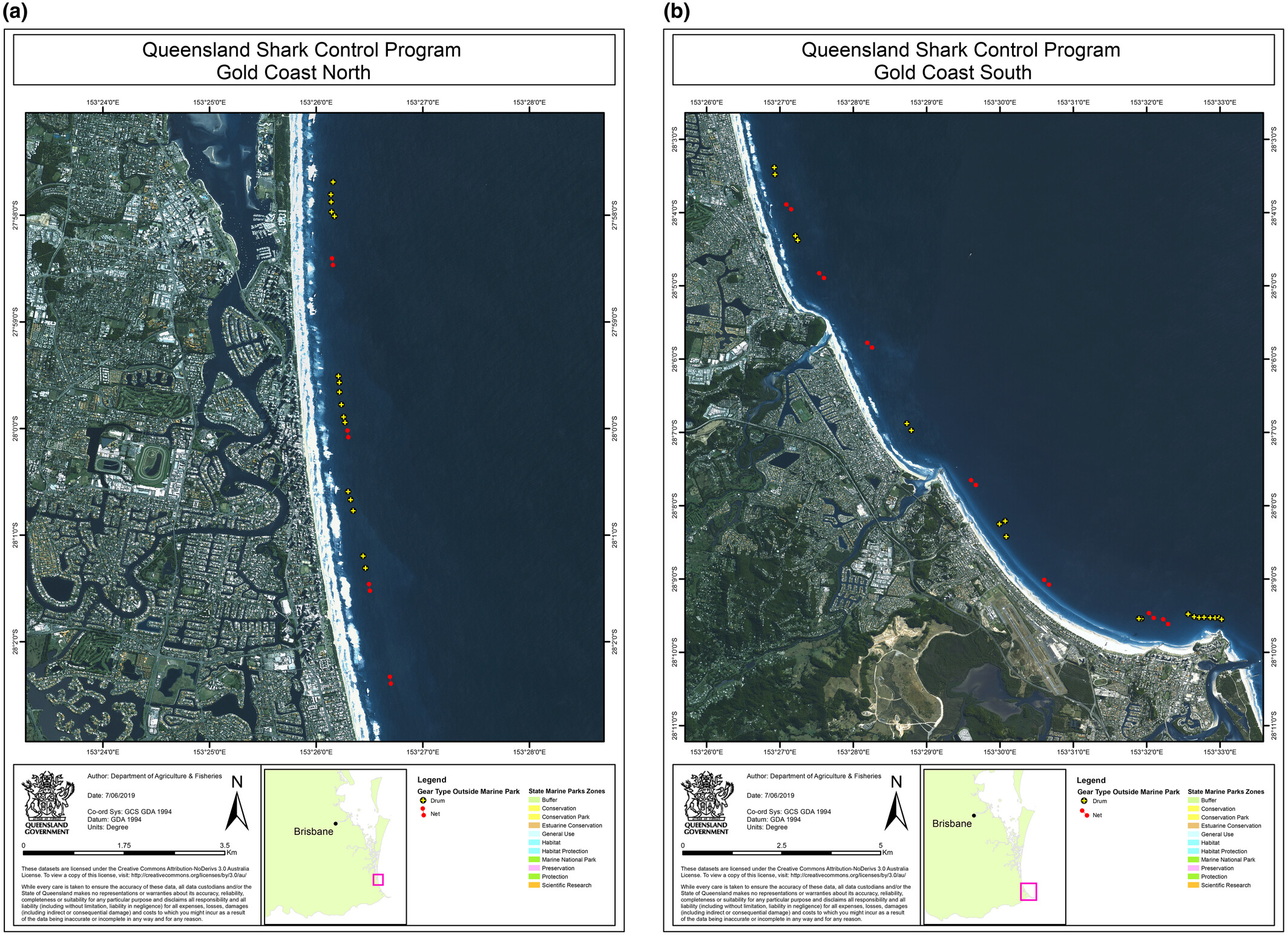Amid growing concerns about shark bites on Australian beaches, researchers have developed a new framework to compare and assess the broad range of prevention measures available to help identify which are most suitable to dynamic conditions.
Flinders University researchers, in collaboration with The University of Queensland and state government agencies, developed 12 comprehensive but adaptable criteria encompassing mitigation efficiency, but also socio-economic and environmental factors.
Published in the scientific journal People and Nature, the research used this new framework to compare 15 different mitigation measures that could be used on the Gold Coast – including cutting-edge technology and traditional strategies – and reveals that a combination of strategies is most effective at reducing the likelihood of shark bites.

"Our analysis includes lethal options like traditional nets and drumlines, and non-lethal real-time shark alerts with SMART drumlines, drones, and early warning systems alongside personal electronic deterrents, listening stations, amid many other measures says, Southern Shark Ecology Group Research Leader at Flinders University and study co-author, Professor Charlie Huveneers.
"It's designed to be adaptable across various coastal environments, including murky, enclosed bays to clear, dynamic surf beaches and can accommodate new technologies or changing needs over time.
"Importantly, this approach recognises that no single solution is universally effective; instead, a combination of approaches-such as public education, and behavioural changes- equally shared between state governments and growing numbers of surfers and beachgoers is likely to be most successful in reducing shark-bite risk."
Shark-bite prevention measures strengths and weaknesses:
- Physical Barriers: Effective in calm waters but impractical in surf zones like the Gold Coast.
- Drones: Widely supported for shark detection; cost-effective and efficient for beach monitoring.
- Personal electric Deterrents: Public education needed to improve acceptance.
- SMART Drumlines: Non-lethal but concerns about bait attraction and response times.
- Tagging: Requires sharks to be tagged and network of acoustic receivers but provide early warnings of shark presence
- Sonar: Low effectiveness due to limited coverage and detection accuracy; better suited for future use with tech improvements.
- Behavioural Interventions: Highly supported; focuses on education, personal responsibility, and safer ocean practices for people, instead of focusing on sharks.

Michelle Henriksen, lead author of the study, says public sentiment is shifting towards the deployment of non-lethal strategies, so experts want to gain knowledge about their effectiveness.
"Results reiterated the societal shift towards non-lethal measures and highlighted which mitigation measures or performance criteria lacked information, helping to identify knowledge gaps and research needs."
"By assessing the effectiveness of non-lethal mitigation, we've reflected community sentiment on the importance of introducing new methods that protect both sharks and beachgoers," Ms Henriksen says.






